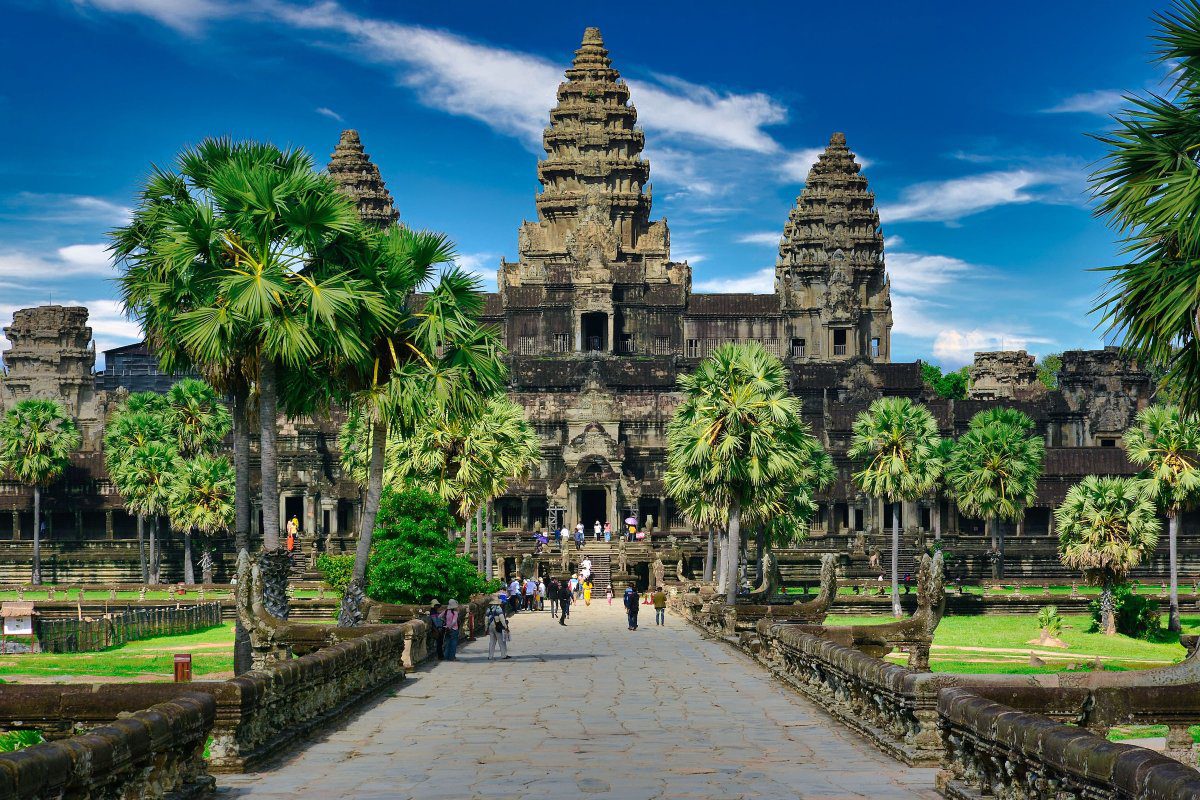6 Takeaways About Airbnb's Potential Impact on the Hotel Industry
Skift Take
A new report from STR, a hotel industry research firm, looks at Airbnb-supplied data in 13 global markets from Dec. 1, 2013 to July 31, 2016, to examine the performance of both hotels and Airbnb.
STR's report seems to suggest that Airbnb isn't quite the threat to traditional hotels that other reports, most notably Morgan Stanley's recent findings, might lead you to believe.
However, that doesn't mean hoteliers should stop paying close attention to the alternative accommodations giant and its peers, either.
"Airbnb is here and it's here to stay," Jan Freitag, SVP of Lodging Insights for STR said. "The hotel industry has to look at it as a new way for the traveling public to spend their lodging dollars. It's worth studying them very carefully in your specific submarkets and understanding what the competition in your submarket is like, and understanding that not every unit is necessarily competitive."
In compiling the report, STR was careful to try to compare the types of listings data that would be most comparable to hotel rooms, like removing listings that are for shared rooms or private rooms in a shared space, or listings that could accommodate more than seven people.
While Airbnb, in total, has more than 3 million listings worldwide, STR looked only at about 1 million of those listings which were most compatible to hotel rooms to compare to its hotel data. By comparison, Marriott International has approximately 1.1 million rooms/listings, followed by Hilton Worldwide with 774,000 rooms/listings.
STR also included, in its report, a case for using source data directly given from Airbnb, versus scraped data, which is very often used by other research firms when examining Airbnb listings.
However, Airbnb has had a history of delivering data dumps that are not always accurate representations of their activity. In December 2015, prior to sharing its data on its business in New York City, Airbnb removed approximately 1,500 listings controlled by commercial operators. The data presented, therefore, was not accurate, and Airbnb later admitted to purging those commercial hosts.
When asked if he thought the source data Airbnb provided to STR was an accurate representation of the company's business, Freitag said, "Not all units were shown, but I think the growth rates and supply rates make us feel they have pretty strong unit growth. That, to us, sounds like a compelling reason why they didn't massage their data and that they gave us the raw data."
He added. "We had an open-door and fairly frank conversation with them about what works and what doesn't, and they had no input into us cutting off 2 million of those units [those units not comparable to hotel rooms]."
The markets reviewed in the report included Barcelona, Boston, London, Los Angeles, Mexico City, Miami, New Orleans, Paris, San Francisco, Seattle, Sydney, Tokyo, and Washington, D.C. Here are the biggest takeaways for hoteliers:
1. Airbnb's growth rates are very high. In a market like Tokyo, for example, Airbnb's supply tripled over the 12 months ending in July 2016, compared to hotel growth rate of 3.2 percent for the same period. But, STR cautioned that "Airbnb data starts at a low base — hence, high growth rates."
"When you look at the growth rates of supply and demand they are just phenomenal," Freitag said. "Triple digit growth rates [for Airbnb] are not uncommon, but those rates are probably not sustainable. It's hard to grow supply and demand 100 percent year over year. We will see very healthy growth rates in Airbnb units and demand for the foreseeable future."
Hotel demand decreased and Airbnb demand increased in two of the 13 markets — New Orleans and Paris —suggesting Airbnb may have had an impact on hotel demand. However, STR noted terrorist activity in Paris and large event shifts in New Orleans may have negatively impacted hotel demand, too. Paris is Airbnb's largest market in the world.
2. Hoteliers in markets that have the highest hotel occupancy also saw the highest occupancy rates for Airbnb. STR believes this data might suggest that Airbnb is accommodating incremental demand, rather than taking away from hotel business.
Freitag also noted, "When we look at the number or percentage of people staying in an Airbnb, just under 50 percent are staying seven nights or more. That's interesting and it speaks to the argument that Airbnb makes that some of the people who are staying with them are guests who would have rented houses or apartments anyway, and this is just a new vehicle for them to do so that's more 'open' quote, unquote."
3. Occupancy, or utilization rates are considerably lower for Airbnb than for hotels. "When we look at U.S. occupancy by day for the top seven markets in the U.S., they were selling eight out of 10 rooms. On the Airbnb side, almost half of the inventory is empty."
4. STR doesn't see as much of an impact on compression nights from Airbnb as other reports would suggest. This is in stark contrast to a report from Morgan Stanley that was published in June 2016. This report suggested that a 24 percent drop in the number of compression nights (high-demand nights where market-wide occupancy is 95 percent or more) from 2015 to 2016 could be attributable to the rise of alternative accommodations providers like Airbnb and HomeAway.
STR, however, thinks it's better to take a "long-view" approach to the data. According to STR, the number of compression nights for the top seven U.S. markets in 2016 was 71, compared to 76 in 2015. However, in 2013, the number was 61 and in 2014, it was 75. Average daily rates charged by hotels also reached an all-time high in 2016: average daily rates on compressions nights during 2016 were 35 percent higher than on non-compression nights.
"The number of compression nights is still so much higher than it was in 2013," Freitag said. "If you take the long view, in 2013, there was very little Airbnb inventory and if you look at the growth of hotel rooms from 2014 to 2016, it's only 3 percent or so. The Airbnb supply for that same period is 127 percent, and some people say that's the smoking gun, but I want to caution that reading of the data."
He explained further, "The absolute level of room supply increase is actually almost the same. On the hotel side it went from 92 million to 94.7 million, or an increase of about 2.7 million units. On the Airbnb side, it was an increase of 2.6 million. The raw, underlying data shows the supply growth is virtually the same. You can't point a finger at just the Airbnb units without acknowledging the facts that the hotel supply also increased."
5. There's reason to believe Airbnb guests are a bit different from hotel guests, but don't let that overly sway you.
STR's Airbnb data crunching showed that, over the past year, the average age of an Airbnb guest was 35 and 53 percent of all guests were female. According to the Lodging Industry Trends 2015 report from the American Hotel & Lodging Association, 50 percent of all hotel guests were aged 35 to 54, and 63 percent of guests were male.
STR also noted in its report that it appears Airbnb guests are "primarily leisure oriented" and that, according to Airbnb, about 10 percent of Airbnb bookings are for business travel.
Still, Freitag said it's hard to pinpoint, exactly, what makes an Airbnb guest different from a traditional hotel guest, and they may be one and the same in many instances.
6. Hotel average daily rates increased in all markets except Paris, Airbnb's number one market in the world, for the year ending July 2016. Airbnb rates decreased in eight markets and increased in five.
To read the report in its entirety, click here.




